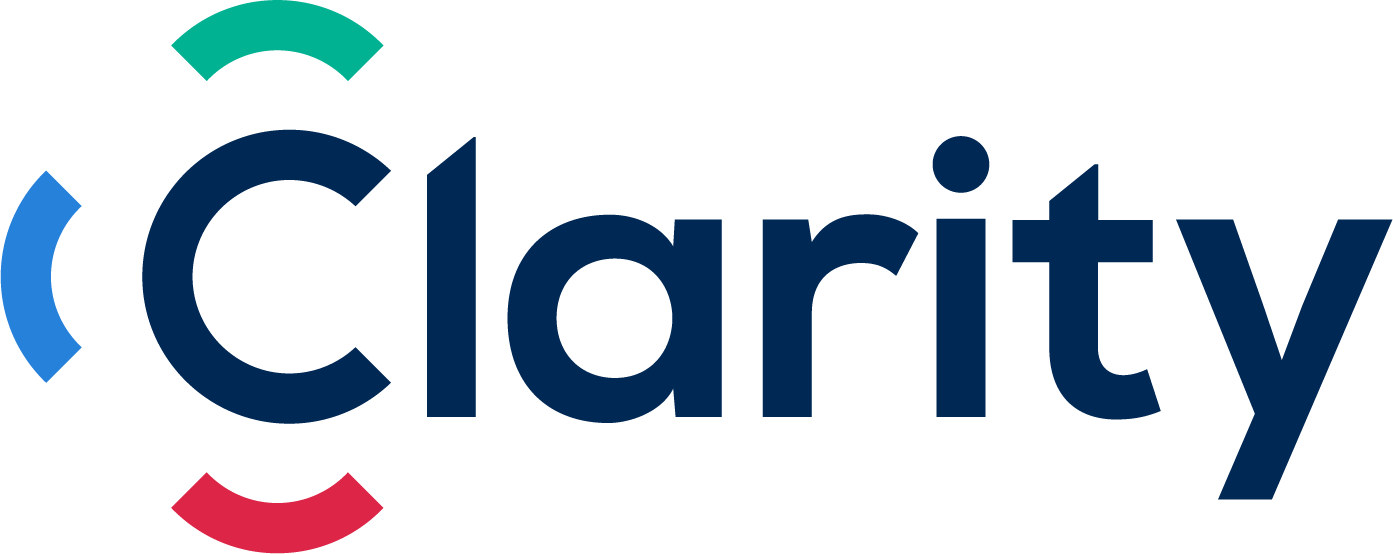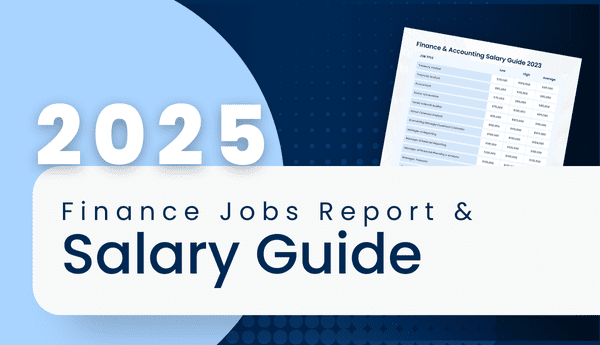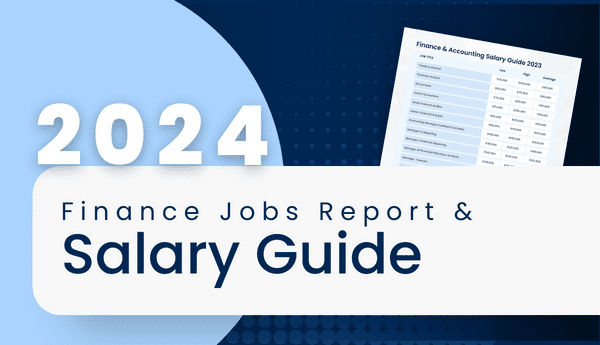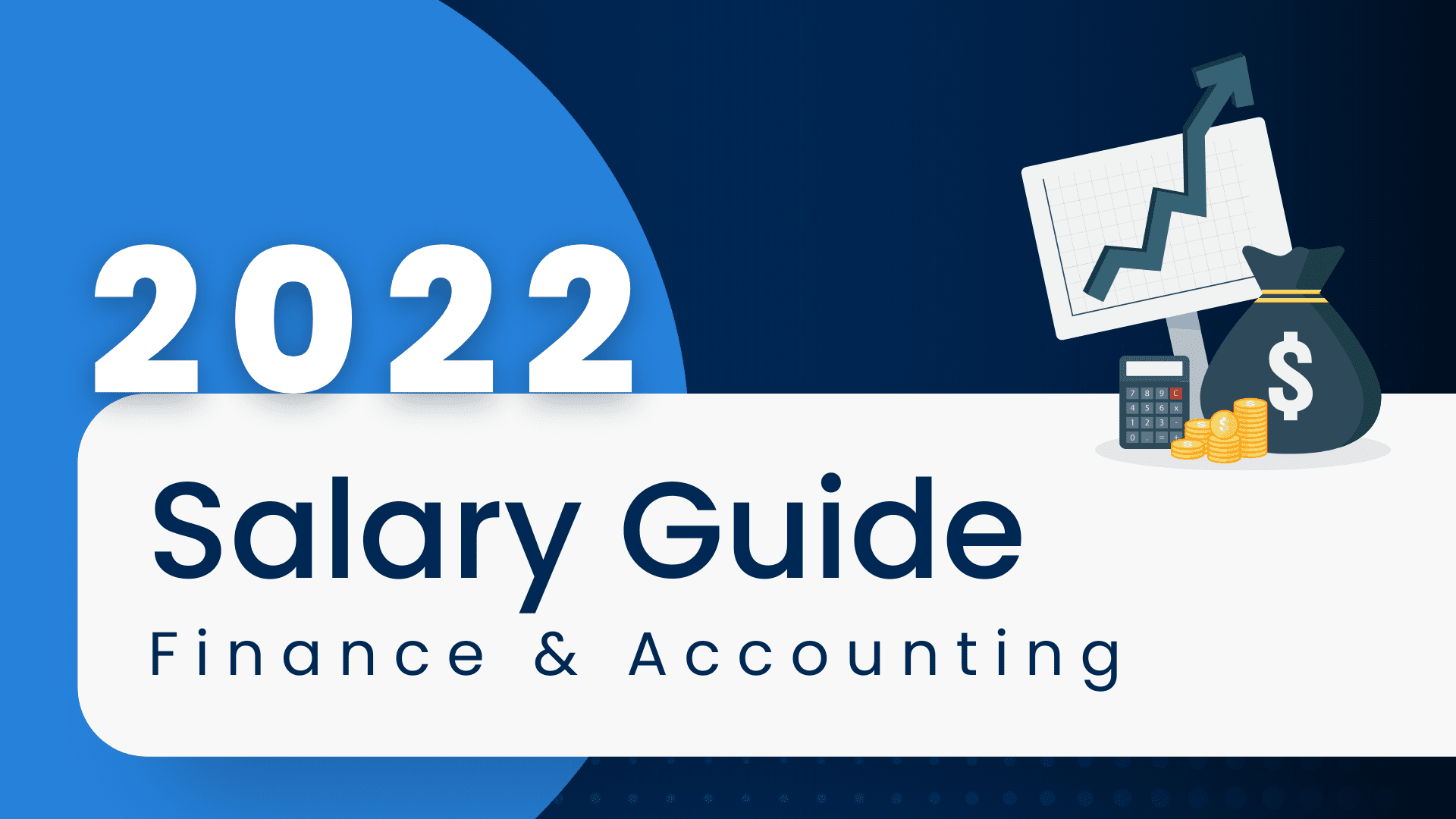So you’ve jumped through the preliminary hoops and impressed—on paper, at least— the powers that be enough to bag a job interview. Now for the hard part: not only are you facing tremendous pressure to be charming, competent and utterly on in the flesh, you’re also expected to look the part.
And in an industry that places significant emphasis on appearances, dressing for an interview in the financial sector should not be taken lightly.
So we consulted an expert. Christine Laprade E. Laprade is a Montreal-based fashion blogger for publications like Huffington Post Canada, and a former personal stylist whose clientele largely consisted of finance sector-types—mainly bankers. A prospective interviewee would be wise to heed her advice.
For both women and men:
“The finance sector, more so than other industries, puts a premium on a conservative appearance; it’s in your best interest to dress with caution for an interview,” says Laprade.
Caution, she explains, means maintaining a clean, polished and professional look and steering clear of any pieces that are funky, flashy or casual. Laprade says one should always aim to overdress, invoking the old adage: “Dress for the job you want, not the job you have .”
Basically, if it’s an auditing position you’re after, dress as you imagine a VP of Finance might.
Above all else, however, Laprade says for both men and women it’s imperative that one’s interview suit fit impeccably. This should come as something of a relief for most, as it means one can be less focused on the brand or price of the suit.
“You could honestly wear your grandfather’s suit and have it retailored; it’s all about fit. You have to be comfortable in it and it has to look like a million bucks on you—that’s where a tailor comes in.”
For those who can’t afford to buy a full-price suit, she suggests they find something on sale and compensate by bringing it to a tailor for a professional fitting.
Other tips for both sexes include: get a manicure (yes, we’re looking at you, gentlemen); with all the handshaking and handling of documents, your digits will be on full display, and fully scrutinized; If it’s winter—and, knowing Canada, it probably will be–wear an elegant wool coat and never step into the building you’re about to interview in wearing winter boots. If, en route, you must don protective footwear, leave yourself time to scout out a nearby café for executing quick changes.
The finance sector, more so than other industries, puts a premium on a conservative appearance; it’s in your best interest to dress with caution for an interview.
For men:
The suit
It’s imperative to wear a “power suit,” but it can’t be colourful. “You don’t want them to remember you for your shirt, or for the colour of your tie.” Rather, stick to a conservative black, charcoal or navy, with a crisp white button down shirt underneath.
The tie should be dark and solid, and bold patterns and colours are to be avoided like the plague.
So far as brands are concerned, Hugo Boss and Armani are safe bets. But Laprade again stresses the importance of a good tailoring job over anything else—ultimately, the fit of the suit will count for more than the name on the label.
The accessories
Find a briefcase that’s crisp and modern. Match your shoes to your belt (“a brown belt with black shoes won’t do”), and make sure your pants aren’t darker than your socks. Wear black leather shoes with laces and take care to polish them; “it won’t go unnoticed,” says Laprade. Cufflinks are fine, too, as long as they’re understated.
Your grooming should be as meticulous as your choice of accessories: hair should be combed, face clean-shaven.
You could honestly wear your grandfather’s suit and have it retailored; it’s all about fit.
For women:
To make things slightly more complicated, women in finance often dress differently depending on the position, or the particular company or firm. As Laprade puts it, “some of those firms almost have a uniform—each one is slightly different in what they wear.”
A little reconnaissance, then, may be in order. If, for example, you’re applying for an investment banker role, consider hanging out in the lobby of the building or just outside of it, just to get a sense of how the female employees are dressed and what they’re wearing.
The suit
Generally, however, she says you can’t go wrong with a classic skirt suit—in this conservative culture, a pants suit is probably less of a safe bet. The suit should be navy or black, and a crisp white shirt should be worn underneath.
She warns against even the smallest splash of colour (“unless you’re a very high-up executive”), but particularly red. “Some women think red will add a flash of femininity, but you cannot do this in the financial industry. Stay away from anything red—even on the nails.” That also means no red lipstick.
In terms of brands, you can’t go wrong with an Eli Tahari women’s suit; as Laprade puts it, they’re “professional, crisp, and modern looking.”
The accessories
Accessories must be minimal and subdued. Laprade says earrings should be worn, as long as they’re not distracting. Think something classy, but close to the earlobe, like diamond studs. Further, “a pearl necklace is a must—it’s always a sure bet.”
If you’re wearing a skirt, be sure to wear hosiery, even in the summer; bare legs are a definite no-no. As for shoes, they should always be closed toed and with a heel—though Laprade notes they should never exceed three inches.
Similarly, makeup should be kept light and minimal. “Nothing distracting,” Laprade warns, “You have to look conservative, mature and clean.”
Here at Clarity Recruitment, we always leave candidates with one key piece of advice: don’t give potential employers any excuse not to hire you. Whether it’s a poorly managed online profile or a shabby appearance—in a market brimming with skilled and experienced people, hiring managers are looking for ways to separate the wheat from the chaff, in order to identify the best talent for their organizations. It’s important, then, that your style (or lack thereof) doesn’t keep employers from seeing your substance as a candidate.
No, looking sharp in a blazer will not give you a decisive edge over others; at the end of the day, an employer will care less about how well you fit into your suit, and more about how well you fit into their company. But at the same time, showing up to an interview looking like you just crawled out of bed, or like you didn’t put any thought and consideration into your appearance, can put you at a distinct disadvantage with respect to the competition. Dressing appropriately, in other words, won’t guarantee you a job offer—but dressing inappropriately can definitely cost you one. Even if, for most employers, clothes don’t make the man or woman, your fashion choices will speak to your professionalism and attention to detail. Make sure, then, that you’re dressed for success.
Let us know what you think! At Clarity Recruitment, we’re always interested in hearing from accounting and finance professionals like yourselves, who are ready for new, exciting opportunities that can take their careers to the next level. And be sure to follow us on Twitter (@clarityrecruits) and connect with us on Facebook for more great tips and advice!




